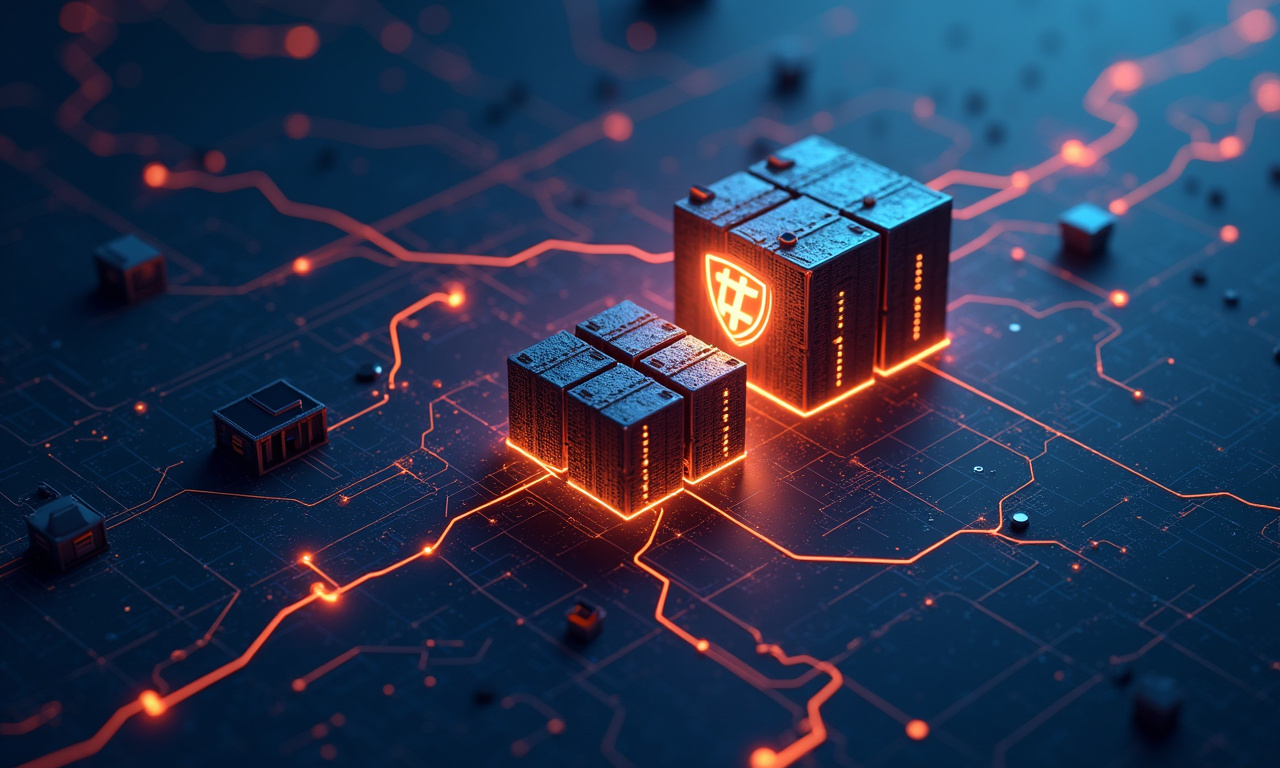Qubic, spearheaded by IOTA co-founder Sergey Ivancheglo, just made a very aggressive bet. So, they’re actually passed that point — the miners they’ve taken over the hashrate for more than 51% of Monero. It is the unparalleled speed at which this power has been gained that is most alarming. With a successful potential 51% attack on the Monero network, Qubic would be able to censor PQRs and halt the blockchain’s transactions. While Qubic does have the technical ability to launch such an attack, we have decided not to do so at this time.
Qubic's stated objective is to seize all of Monero's block rewards through sustained selfish mining. The project employs a novel “useful proof-of-work” system. It takes Monero mining rewards, converts them into USDT, and buys and burns QUBIC tokens with that money. At its height, Qubic’s Monero mining operations were allegedly three times more lucrative than regular Monero mining.
Qubic’s hashrate share of Monero soared from less than 2% in May to more than 25% by late July. It has finally passed the all-important 51% threshold! This aggressive expansion was met with constant, vicious DDOS (distributed denial-of-service) attacks. These attacks impacted ancillary services for more than a week. Qubic's core network remained resilient.
The central project’s experiment purporting to prove that it is, in fact, profitable to divert mining resources from a target network. The aim was to redirect those resources into a separate protocol’s economic loop. Qubic asserts that its conduct was never intended to damage Monero. Instead, they wanted to illustrate the power that economic incentives and a coordinated mining strategy can have to allow a smaller protocol to take over a larger one with ease.
A blockchain network is in a dangerous place when facing a 51% attack. It opens the door to the controlling authority to censor transactions, blocking any payment they don’t approve from being verified. It gives the attacker a chance to perform “double-spending,” allowing the attacker to reverse transactions and corrupting the integrity of the blockchain.
The Monero community too has been watching Qubic’s development and planning retaliatory efforts. Though Qubic has so far not mounted a large-scale assault, such an attack is a retained threat.
The economic motivations driving Qubic’s strategy are impressive. The Helen project allows Monero miners to cash out their rewards in USDT. Then, it leverages those funds to purchase and burn QUBIC tokens, with the intention of increasing the value of its own token in the process. This collaborative approach underscores the opportunity for innovative new economic models in the broader cryptocurrency ecosystem.
Qubic’s planned experiment raises some fundamental questions about the security and governance of blockchain networks. This case study illustrates how a motivated and well-funded actor can gain control of a substantial portion of a network’s hashrate. Once they have that power, they can use it to make money for themselves.
The DDOS attacks targeting Qubic were unsuccessful at taking down its main network. They expose the difficulties of protecting a distributed landscape from these types of threats. Beyond hurting the core services, the attacks impacted ancillary services and made life more difficult for users.
The impact of Qubic’s actions doesn’t stop at Monero. The project’s experiment serves as an important case study for other blockchain networks. It illustrates the power of economic incentives to drive irresponsible mining behavior and even jeopardize the security of the network.




